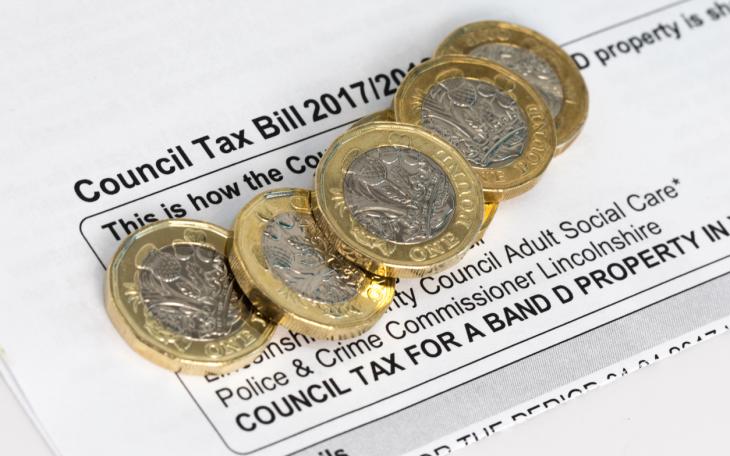A taxing time

Tomorrow’s autumn statement seeks to
repair the damage done by the Kwarteng/Truss financial statement and steady the
economic ship in the face of runaway inflation. Early on we were told by the
chancellor, Jeremy Hunt, that “everyone would be asked to contribute a little
more”. This means tax up, and specifically, taxes that are paid by everyone.
On Monday, Hunt was asked in the Chamber whether the burden would fall on
council tax. He didn’t deny it. Council tax levels are set by councils annually
but within limits set by parliamentary Acts. Chief among these is the provision
of the Localism Act 2011 requiring a referendum for any proposed council tax
rise above 1.99%. Rises above this level were deemed “excessive” and any
referendum would go to the voters as a “referendum on excessive council tax
increase”. Obviously, no politician was reckless enough to take the bait, but
it was also designed to ensure cuts were properly made as funding to councils
was reduced. Hunt is essentially hinting that this provision will be removed,
freeing councils to raise by a higher level if they wish. It simply reverts to
how it was before 2011.
In the last round of austerity, council budgets were massively reduced.
Where there was any controversy about austerity, it was often about
library services and social care, all delivered by local councils. Cuts to
police civilian staff, for example, had less of an impact on the national
psyche.
As a councillor from 2014-22 – post-Localism Act – I saw the council tax
argument play out, and it was easy to see both sides. On the one hand, one
could argue the council tax reduction scheme shelters the most vulnerable so
that those paying more through a rise could really afford it. Services mainly
delivered to the most vulnerable had to be preserved. But since the rises we could
propose were so small, the contrary argument was that it penalised working-age
residents while providing funding to the council far too small to plug the gap.
Cuts would still have to be made, and councillors were fooling themselves to
pretend otherwise through salami slicing and squeezing a few more pounds out of
the taxpayer here and there.
As we were presented with a “Jaws of Death” graph (top line: increasing cost;
bottom line decreasing income), clearly we had to be more strategic. But there
was much wondering about which council would be the first since 2000 to declare
effective insolvency via a Section 114 Notice. Northamptonshire County Council
became the first in 2018 – it no longer exists. Then came Croydon in 2020 and
Slough in July 2021.
If we’d been allowed to raise council tax by a greater amount, how many
councils would have? In the safer Labour boroughs in London, possibly a fair
few. The “precept” annual increase for adult social care allowed for “adult
social care authorities” (county councils in England, unitaries, London
boroughs, etc.) since 2016 is practically baked in by now. Added to regular
1.99% rises, this has resulted in significant rises for many taxpayers. But the
political scene is very different elsewhere.
This week Kent and Hampshire County Councils wrote to the Prime Minister to
warn that they could go under. They posed a choice: fund councils properly or
remove the legal obligation on councils to provide certain services. Could
freedom to increase taxes possibly solve this? Hampshire leader Rob Humby
joined Radio 4’s PM programme yesterday evening. For him, council tax is not a
“long-term solution”, and the way local government is funded is “fundamentally
broken”. Notably, all councils that have issued Section 114 Notices are
responsible for adult social care, possibly the biggest current driver of
costs.
Reform needed, then, but what chance of that? There’s not been anything big
since the Localism Act. The secretary of state responsible, Michael Gove,
certainly has a reforming track record. But the removal of “local government”
from the department title, to the benefit of levelling up, is the clearest
indication of the relative chances for local government reform.
This article was originally published in Advocacy Local’s Politics and Planning Newsletter. To receive our fortnightly newsletter straight to your inbox, subscribe here: http://eepurl.com/htOBCv









